Editor's note:
As COVID-19 wreaks havoc around the world, there has been much misinformation surrounding public discourse about the origin and transmission of the COVID-19 virus (also called SARS-CoV-2). Lies, rumors and conspiracy theories have been widely circulating on social media and some established media.
The motives behind these actions are varied, some are aimed at slandering political and ideological opponents, others target specific countries, ethnicities and religions. China is often at the receiving end of this infodemic of misinformation.
The following are the 16 most common rumors about the COVID-19 epidemic related to China, recently compiled and published by the Chinese embassy in Germany. All of these rumors were debunked one by one based on scientific knowledge and facts, with hope to make public discourse around the topic more informed, honest, and truthful. The original version was published in Chinese and German. China Daily did some minor editing and updated a few figures in translation.
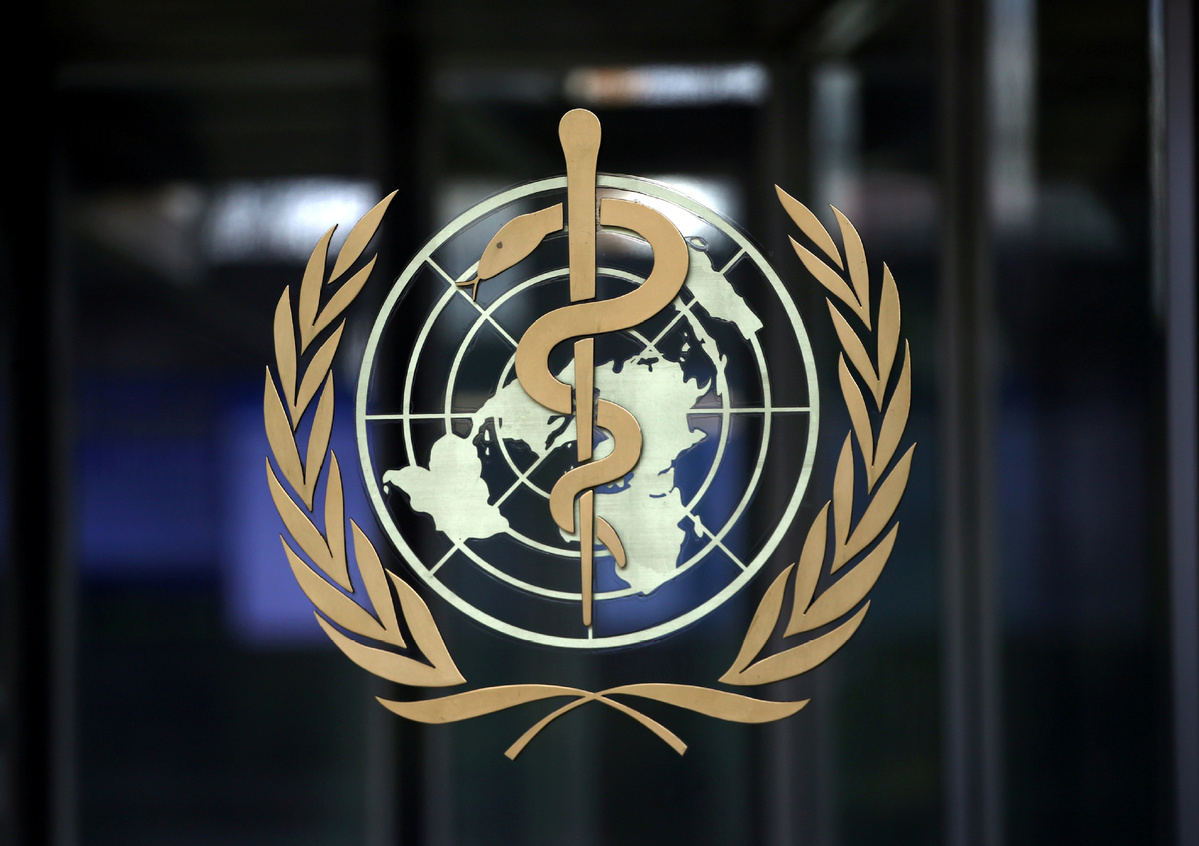
Rumor 9: The Chinese mainland obstructs Taiwan from entering the WHO, which has undermined the health of the people in Taiwan.
Fact: Taiwan, being a part of China, does not have the right to join the WHO, because the WHO member must be a sovereign nation. Despite of this, technical communication and cooperation channel between the island and the WHO is always open.
The WHO is a specialized United Nations body composed of sovereign countries. Only UN members can join the WHO. Taiwan, being a part of China, is not eligible for membership. However, through consultations with the WHO, the central government of China has made proper arrangements for the application of the International Health Regulations in Taiwan. The island has the access to the WHO information system to timely get the information on public health emergencies released by the WHO. There are no technical barriers for Taiwan of China to work with the WHO. From early 2019 to March 2020, 24 experts from Taiwan, in 16 batches, have attended technical conferences held by the WHO, according to the Taiwan Affairs Office of China's State Council.
http://chinaplus.cri.cn/news/politics/11/20170522/5042.html
Nobody cares about the health of Taiwan compatriots more than the central government. Since the outbreak began, China's National Health Commission timely and actively notified the Taiwan region about the epidemic situation. By April 13, the Chinese mainland has informed relevant authorities in Taiwan 127 times. In mid-January, the mainland has arranged a field study in Wuhan for experts from Taiwan to let them learn about the situation.
As of April 23, Taiwan had reported 426 confirmed cases and six deaths of COVID-19, both relatively small numbers. It shows that whether Taiwan joins the WHO is irrelevant to safeguarding the health of the people on the island.
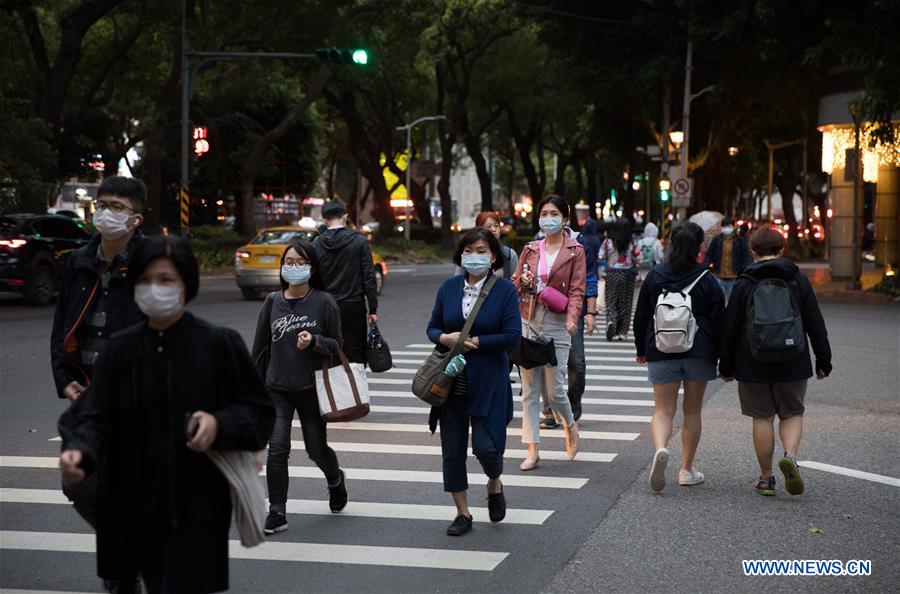
Rumor 10: Taiwan notified the WHO on Dec 31 about human-to-human transmission of the novel coronavirus, but the warning went unheeded.
Fact: Taiwan did not notify the WHO. It was seeking information from the WHO after Wuhan publicly reported cases of unknown pneumonia.
On Dec 31, after Wuhan announced that the city had detected cases of pneumonia with unknown cause, health authorities in Taiwan contacted the National Health Commission to ask information over the situation, and received a timely written response from the commission. On the same day, health authorities in Taiwan sent a request to the WHO for further information (Details shown below), but mentioned nothing about human-to-human transmission. It is evident that the Chinese mainland first released the information and the Taiwan authority just relayed the information, instead of taking the lead to report the situation to the WHO.
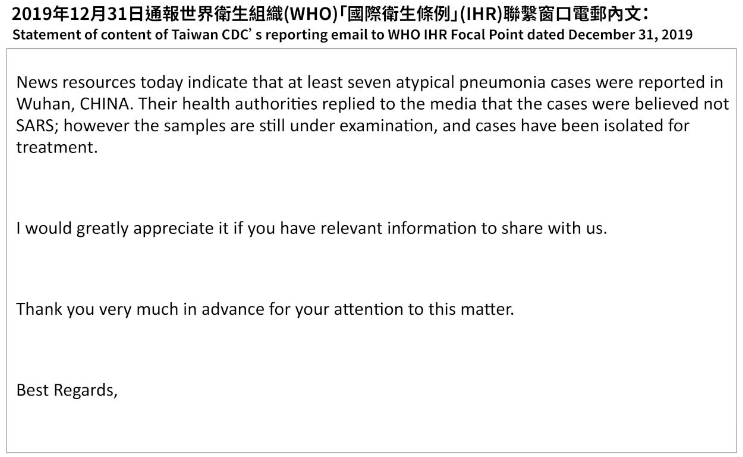
The WHO has clarified on multiple occasions that Taiwan of China has not warned the organization, but simply asked for more information. Before Taiwan's email, the WHO had already received several other inquiry emails. On April 20, the WHO reiterated this point at a news conference.
https://www.who.int/emergencies/diseases/novel-coronavirus-2019/media-resources/press-briefings (Starts from 15th minute)
Taiwan of China confirmed its first COVID-19 infection on Jan 21. Before that, the local authorities did not have any clinical evidence about the epidemic, thus it was impossible for them to conclude if there was human-to-human transmission. Under such circumstances, how could people trust the claim from the Taiwan side that it had warned the virus could be transmitted among humans?
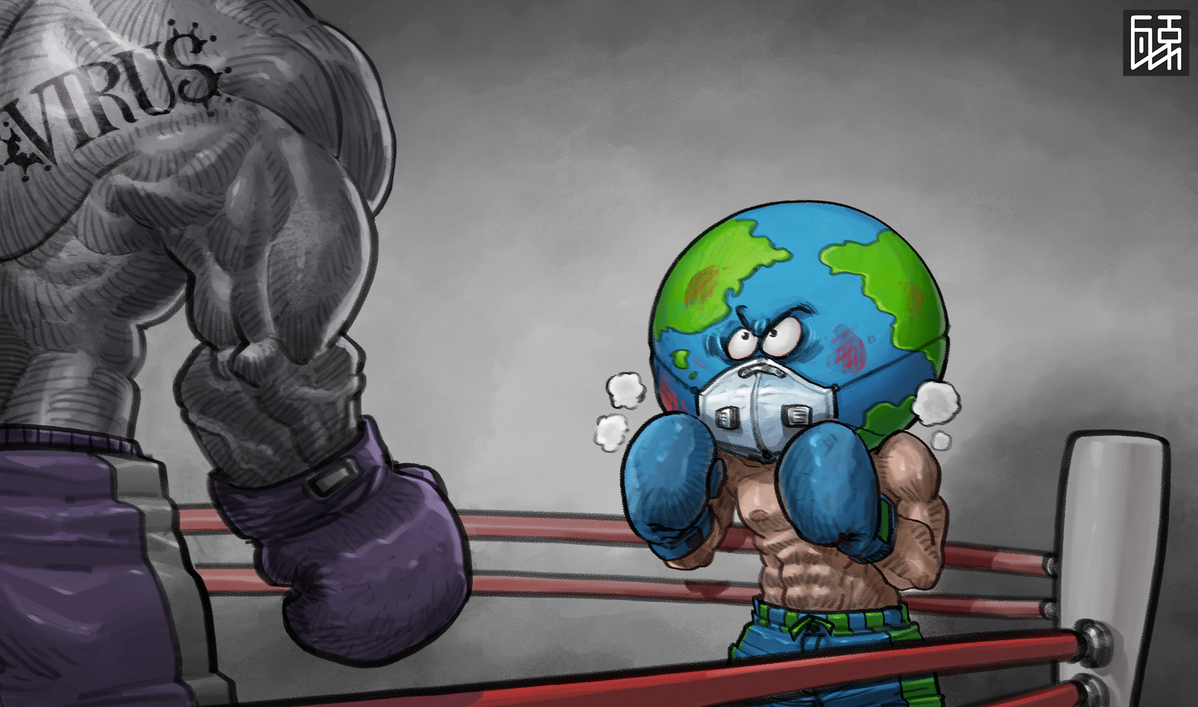
Rumor 11: China is responsible for the outbreak and must compensate the world.
Fact: The virus is a common enemy of the mankind and China is also a victim. There is no legal basis to demand compensation from China.
Under the international law, a state can only be accused of bearing state responsibility if it has committed an internationally wrongful act, that is, what the state has done has violated its international obligations. In the fight against COVID-19, China has taken timely and effective measures to fulfill its international obligations (see Rumor 5).
The WHO announced the outbreak as the Public Health Emergency of International Concern on Jan 30, a month after China first notified the WHO of the epidemic. This sufficiently demonstrates that China has fulfilled its obligations of notifying the world without any delay.
Current international laws and the International Health Regulations provide no basis for holding a state responsible for a pandemic. Some experts on international laws think that if requesting China to be responsible for COVID-19 and make compensations, then who shall be responsible for epidemics like H1N1 influenza, AIDS and Mad Cow Disease?
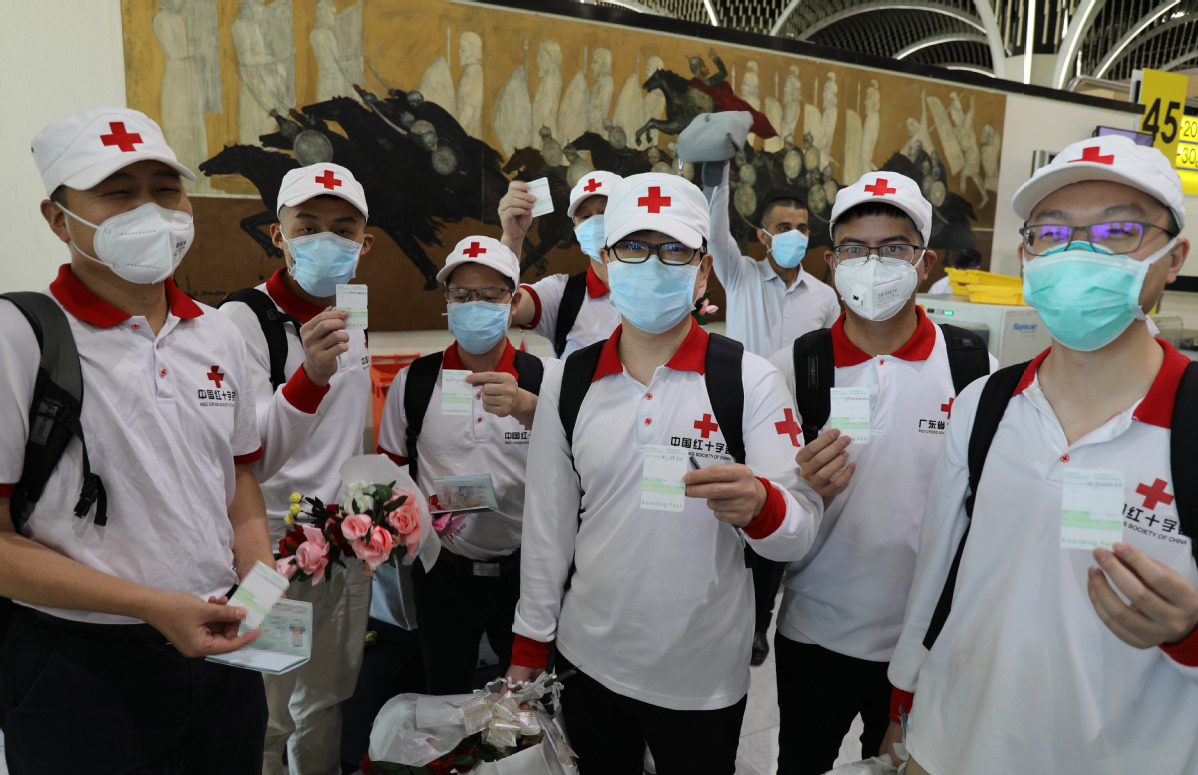
Rumor 12: China is helping other countries fight COVID-19 only to expand its geopolitical influence.
Fact: China helps other countries out of a humanitarian spirit and gratitude. It also stems from the firm belief in the community with a shared future for mankind. Moreover, China has accumulated some experience in fighting the virus and they may prove useful for others.
During the height of the outbreak in China in late January and early February, many countries, including Germany, have lent an altruistic hand to help China. The Chinese people have the tradition of returning kindness with more kindness. This has been stressed in the telephone conversations between Chinese State Councilor and Foreign Minister Wang Yi and his German counterpart Heiko Maas and European Union foreign policy chief Josep Borrell.
By April 23, China's central and local governments have donated 1.7 million masks and 24,000 sets of protective clothing to Germany. Many Chinese companies and civil organizations have also donated millions of masks, gloves, goggles and other protective supply to Germany.
The Chinese government has supported Germany's commercial procurement of medical supplies from China. At present, about 25 metric tons of medical supplies are exported from China to Germany every day by air.
China has accumulated some useful experience in fighting COVID-19. After about two months of strict prevention and control, the outbreak in China is basically under control. The WHO's European Office believes that China's experience can serve as references for other countries to help them formulate effective responses and treatments for serious patients.

Rumor 13: Medical supplies imported from China are fake and inferior products.
Fact: China carries out strict quality tests on all medical products exported. Part of the problem stems from misuse or different quality standards.
According to China's General Administration of Customs, China exported 55 billion yuan ($7.77 billion) worth of epidemic prevention and control supplies from March 1 to April 25.
This include 21.1 billion masks, 109 million protective suits, 9.29 million infrared thermometers, 110,000 patient monitors, 763 million pairs of surgical gloves and 32.94 million pairs of goggles. Only an extremely small fraction of the exports was reported with quality problems.
Since April 2, the Chinese government has issued a policy to strengthen quality control of exported medical products. It is required that the exported goods not only obtain qualification from Chinese medical product supervision authorities, but also must meet the quality standards of the importing country.
Some media hyped about defects in China's medical products, but after verification, it was found that the issue was due to different product standards between China and Europe. In addition, some institutions did not strictly comply with the use instructions. Here are two popular examples:
On March 28, Dutch media reported that more than 600,000 masks bought from China had quality problems and were recalled by the country's health authority. Investigation by Chinese authorities found that the Chinese company had informed the Dutch import company that the masks were non-surgical masks before the shipment. Export declaration procedures were also performed in the name of non-surgical masks.
On March 23, a Czech health official told Czech media that the error rate of testing kits purchased from China was as high as 80 percent. Later, the Czech Deputy Health Minister Roman Prymula, an epidemiologist, made it clear that the kits had an actual error rate of between 20 and 30 percent, and that some medical staff members failed to follow the testing instructions, which led to the misunderstanding.
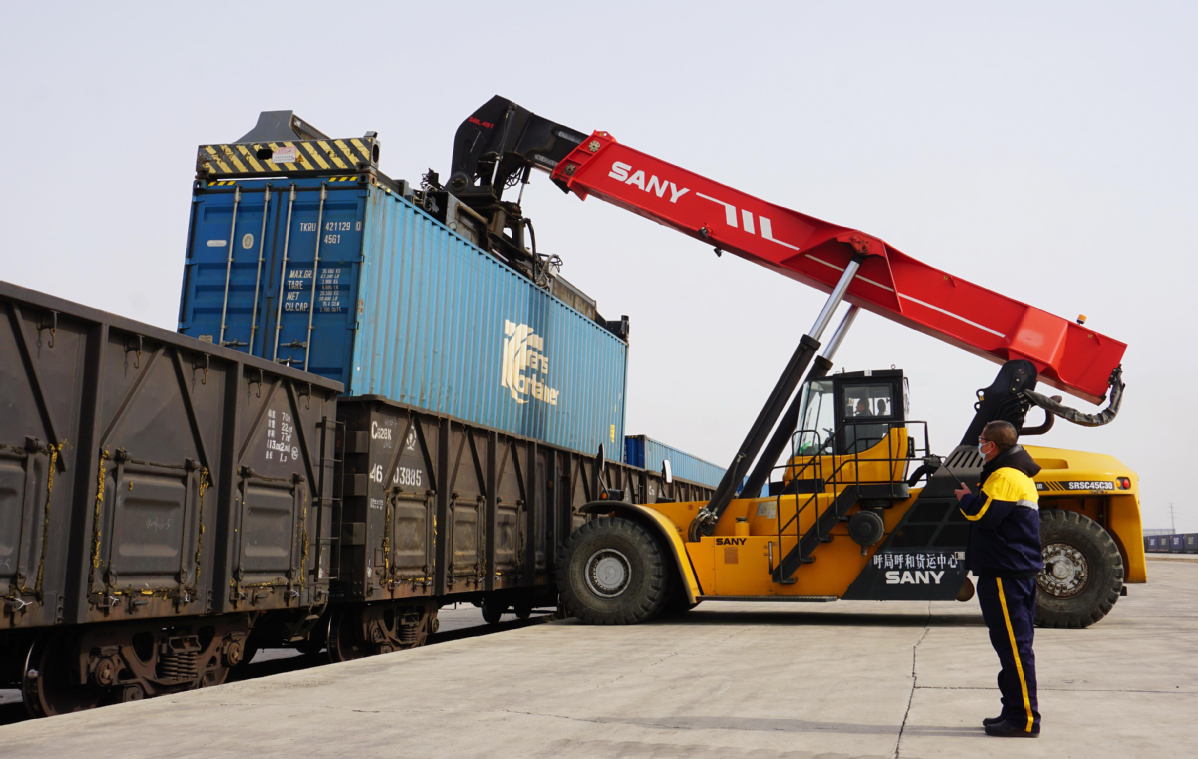
Rumor 14: China used the novel coronavirus to cripple Western economies.
Fact: The Chinese economy is closely connected to the world economy. Only when the world economy runs well can the Chinese economy thrive.
The Chinese economy has been severely affected by the COVID-19 epidemic. China's GDP contracted by 6.8 percent in the first quarter of this year, recording its worst plunge since 1992 – the first year when quarterly data became available. The last time China experienced economic contraction was in 1976.
Since China joined the World Trade Organization in 2001, the Chinese economy has become increasingly integrated with the world economy. China's foreign trade volume stood at 31.54 trillion yuan in 2019, with exports reaching 17.23 trillion yuan, accounting for 18 percent of the total economy. China is interdependent on the rest of the world, and it is in China's interest for the world economy to recover quickly and grow steadily.
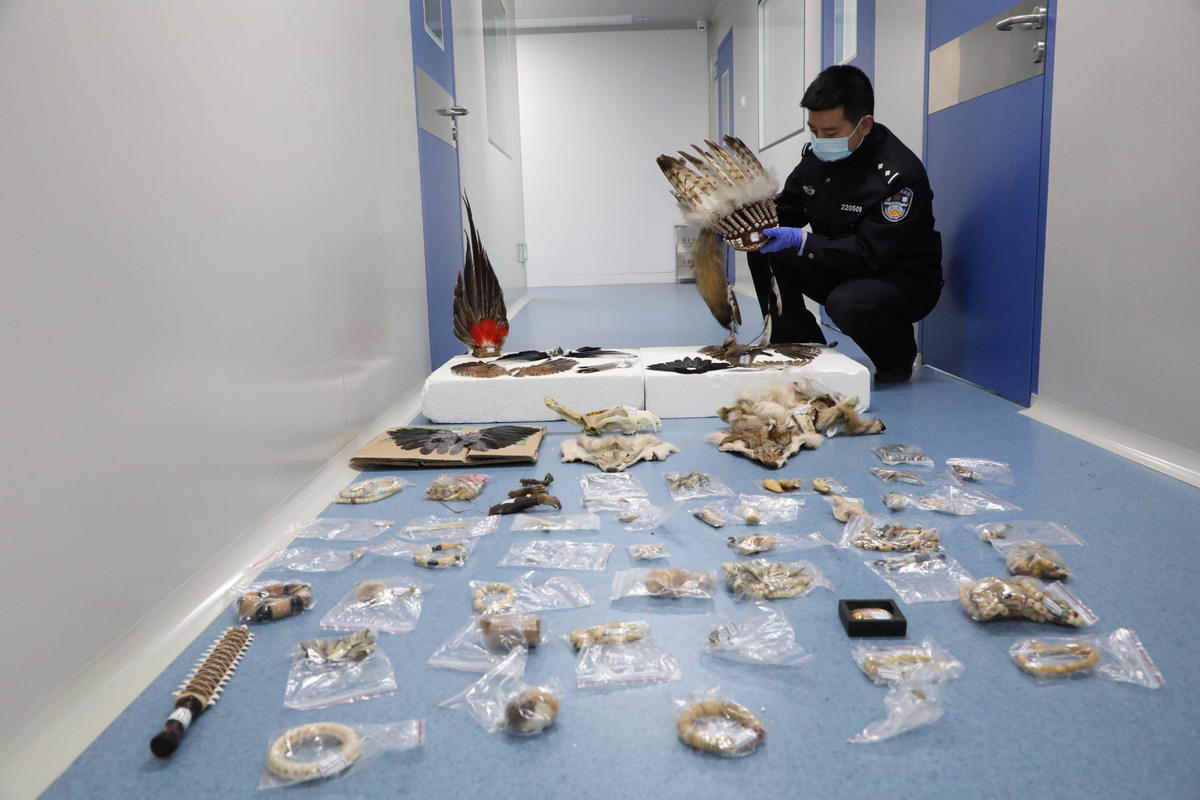
Rumor 15: China reopened wildlife markets.
Fact: China doesn't have so-called wildlife markets. The country has banned the illegal hunting, trafficking and consumption of wildlife.
China's top legislature, the National People's Congress Standing Committee, imposed a full ban on illegal wildlife trade and eating wild animals on Feb 24, 2020. The World Wide Fund for Nature praised the move.
The reopened farmers' markets in Wuhan are for traditional produce, and sell vegetables, fruit, seafood and meat products. These places, like European seafood, fruit or vegetable markets, strictly follow the health regulations in China.

Rumor 16: Chinese people consume bat soup, causing the virus to jump from animals to humans.
Fact: Bats are absolutely not consumed by the Chinese, and there is so far no concrete evidence confirming the novel coronavirus comes from bats.
Chinese don't eat bats, and it is not considered food in China. The Wuhan Huanan Seafood Market, where the outbreak was first documented, didn't sell bats. This has been reported by a German rumor-busting website.
The video circulating online showing a Chinese female tour guide drinking bat soup was filmed in 2016. The video was recorded in Palau, a Pacific island, where the guide was trying out a local delicacy with her team for a travel program.
